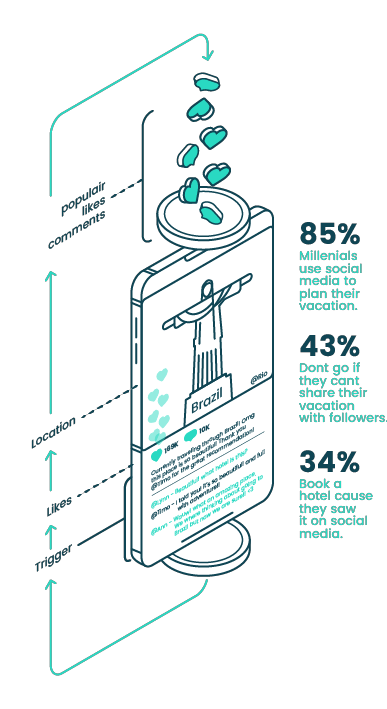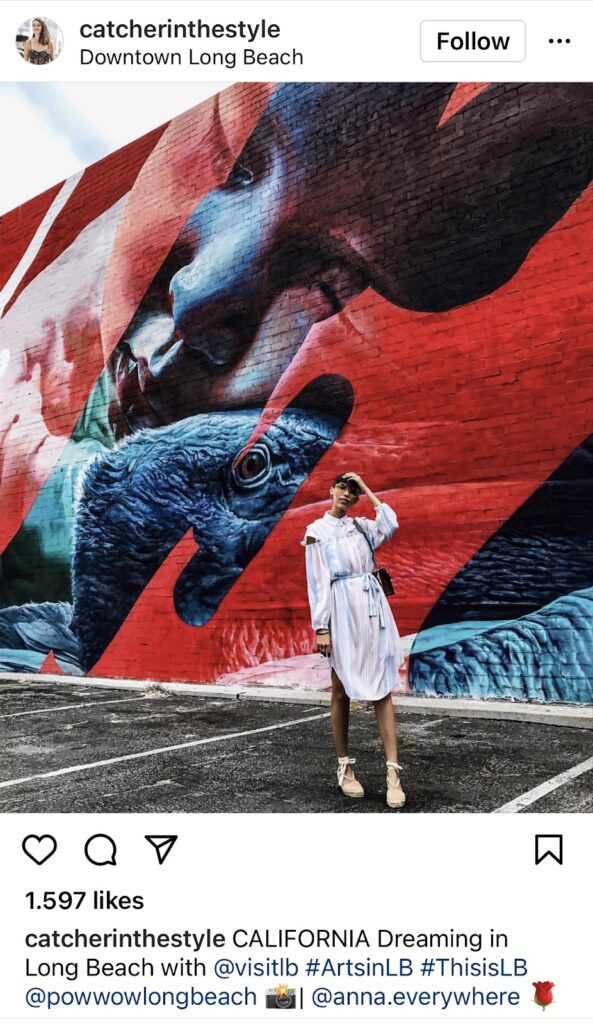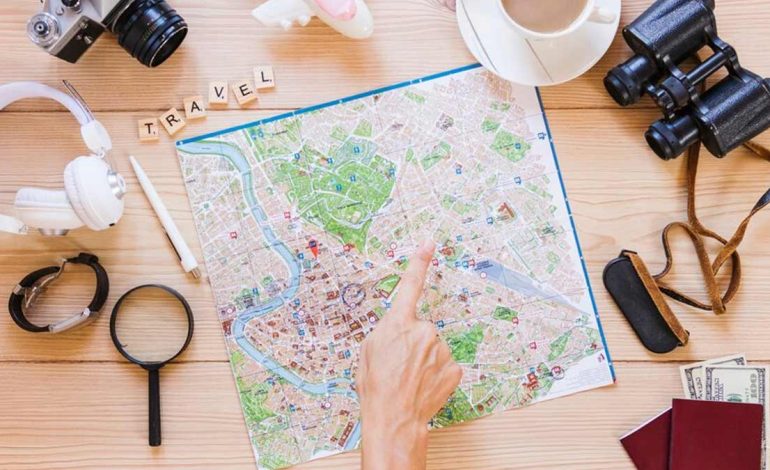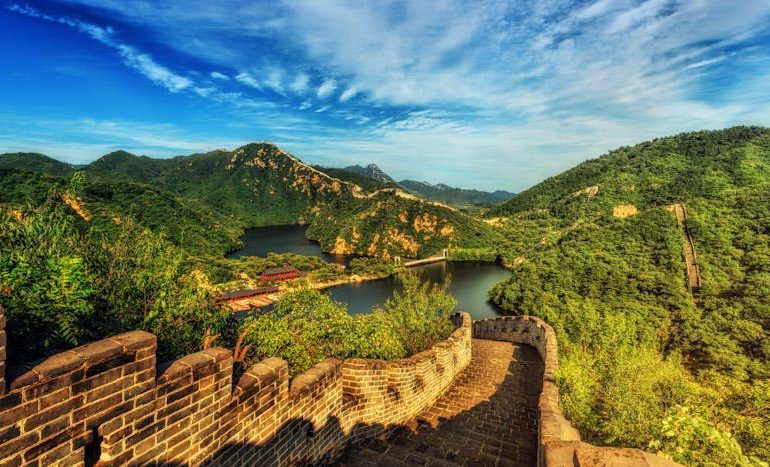The phenomena of social media has the amazing ability to affect many different businesses. Social media platforms appear to have a significant impact on the travel and tourism sector. But to what degree?
One of the first sectors to embrace new technologies and solutions is the travel industry. Social media platforms made it possible for the industry to enhance a number of procedures and provide tourists from all over the world with better experiences.
Let’s look at some of the most notable instances of social media use in the travel industry, as well as the most important social media tourism statistics and the impact of social media on travel.
Social Media Tourism Statistics
The relationship between social media platforms and the travel industry is best understood through relevant stats. Here are the most interesting social media tourism statistics.

When it comes to travelers and social networks, it’s surprising to discover that almost 85% of millennials use someone else’s social posts when planning their vacations. Around 43% of them won’t go on a vacation if they can’t be sure that their followers can see their vacation posts, while 34% book a hotel because they saw it via user-generated content.
People from all corners of the world keep using social media channels to talk about their travels. In fact, 74% of people who travel use social media while on vacation. During 2019, social media users kept generating a travel-related hashtag search volume of 1 million every week.
According to recent research, social media became a vital part of tourism companies’ strategic operations during the pandemic, and consumption increased by 72%.
Social media tourism statistics also reveal some interesting shifts in tourism marketing strategies pursued by travel agencies, hotels, travel agents, and OTAs.
The travel industry continues to be the most engaging industry on Instagram, with an average engagement rate of 1.41%. The engagement rates on Twitter are 0.04%, TikTok 8.74%, and Facebook 0.27%. The spike in TikTok travel industry posts engagement indicates that this social media channel can provide very lucrative opportunities to the travel sector in the future.
Representatives of tourism businesses use various marketing channels in their mix. However, the International Tourist Research Centers found out that 88% of tourism businesses actively use social media to promote destinations and offers and understand the attitudes of consumers.
Paid ads continue to be the favorite social media marketing strategy for travel marketers, and the most attractive platform is Facebook. According to recent research, almost 80% of travel marketers use Facebook to launch paid ad campaigns to achieve a range of goals, from increasing awareness to boosting booking rates.
Importance of Social Media in the Tourism Industry
With the above stats in mind, it’s pretty clear that social media is quite an important asset for the tourism sector. When it comes to the importance of social media in the tourism industry, we first have to acknowledge the opportunities social media platforms deliver to hotels, travel agents, agencies, and OTAs. The power of social media lies in the sheer number of people who use it daily:
- Facebook has 2.93 billion monthly active users;
- Instagram has 1 billion monthly active users;
- Twitter has 290.5 million monthly active users;
- TikTok has 1 billion monthly active users.
Any business or individual involved in the tourism sector can create and use these social media platforms for free. They can create official profiles and use them to provide relevant information, answer users’ questions, or engage with users to create a large following. No wonder many marketers use social media to help hotels and travel agents increase visibility.
More importantly, social media platforms offer paid marketing opportunities. They have access to a ridiculous amount of information on their users. It’s important because it enables travel marketers to launch comprehensive marketing strategies. The platforms have advanced targeting options allowing marketers to target very specific demographics.
Another important factor is engagement and interaction. Social media platforms are also communication channels. They also support the integration of AI and chatbots that travel companies can use to answer important questions or enable online booking.
Finally, travel companies can use social media with social media analytics software. It can help them make sense of the data, measure KPIs such as engagement and click-through rate, and gauge followers’ sentiment.
Impact of Social Media on Tourism
Social media has a significant impact on travel. Finding out what people do before to a journey is the best method to gain an understanding. This setting, where people are encouraged to explore a tourist site and upload their own images and movies, was made possible in part by social media. To put it another way, social media has fundamentally altered how people choose where to go.
Read Also: How to Plan a Budget-friendly Vacation
In fact, 32% of millennials and 30% of Gen Z consider direct brand interaction to be the most significant determinant of purchase, according to GlobalData. The finest customer service paradigm has also been altered by social media, according to the same survey. Social media platforms are now used by travel agencies to improve client service and provide availability around-the-clock.
Additionally, social media has made it possible for tourists to thoroughly investigate places. Nearly 90% of the 400 digital moments that a typical traveler has before deciding to make a reservation are on a mobile device.
According to one study, Facebook posts are responsible for 27% of travelers’ initial decisions to visit a particular location.
In addition to changing how travel and hospitality businesses advertise their products, social media has also changed how they communicate with clients in order to encourage direct reservations. Social media is ranked as the second most essential marketing and sales priority by 49% of hoteliers, according to a recent GuestCentric poll. Over the course of a year, we are discussing a 4.5% increase.
Lastly, there are social media reviews. When comparing hotels at the same price range, travelers are four times more likely to select one with better reviews. When making a hotel reservation, 76% of tourists are willing to pay more if the majority of reviews are favorable and the rating is high.
More significantly, establishments were able to increase occupancy rates by an astounding 6.4% when they replied to more than 50% of the social media reviews.
Impact of Social Media Influencers on Tourism
One of the best digital marketing techniques is influencer marketing. Influencers are now crucial to the travel industry. They are still less significant than natural social media posts and reviews, though.
Travelers prefer real photographs and videos more than sponsored and staged images that influencers produce and distribute. Nearly 40% of respondents said that when selecting a hotel or resort, influencer images and videos have little bearing on their choices.
However, one of the recent studies suggests that this might change in the foreseeable future as social media influencers have the potential to impact all stages of the travelers’ decision-making process, including:
- Desire;
- Information search;
- Evaluating alternatives;
- Purchase decisions;
- Satisfaction;
- Experience sharing.
It partially applies to a tourism business interested in attracting young travelers. It appears that young travelers positively respond to social media influencers, specifically Instagram influencers. Influencers have the power to affect their followers’ intention to visit the places featured in their content.
At the same time, it’s equally important to consider how tourism positively impact and benefits local communities. Explore the synergy between tourism and community development in our focused piece, where we uncover the myriad ways tourism can be a force for local empowerment.
Beyond the significant impact of social media influencers on tourism, there’s a critical need for tourism businesses to craft travel experiences that remain etched in customers’ memories. Uncover effective strategies and practical tips to achieve this by delving into our comprehensive guide about customer journeys in the travel and tourism sector.
Negative Effects of Social Media on the Tourism Industry
Social media doesn’t only have positive effects on the tourism industry. It also has the potential to negatively affect it. One of the biggest concerns for tourism brands is maintaining the brand image. However, as one comparative study finds out, negative interactions on the official social media posting can potentially hurt a travel brand’s image.
The problem with social media is that negative comments don’t only spread among the followers. Potential customers can see these comments and start to second-guess their decisions to travel with the company or book through it.
Finally, as we’ve all seen in the past, social media can negatively affect the tourism industry in one geographical location. The event that comes to mind is the Maldives tourist authority’s Twitter campaign idea. Instead of promoting the tourism industry, the campaign backfired, and the entire sector in the Maldives suffered.
The fact that social media is used by billions of people alone did not pique the interest of the travel and hospitality industries. It goes beyond using influencers and sponsored advertisements to promote destinations. Significant social media advancements over the past ten years have benefited the travel sector as a whole.
Consider Facebook. Travel agencies can use the platform’s newly published Marketing API to expedite Facebook advertising. Businesses can also utilize the Conversions API to add Facebook data to their internal marketing data. It assists them in reaching particular objectives, operating profitably, and optimizing ad targeting.
The developments contributed to the Facebook ad platform being one of the most complete online paid advertising networks.
With the 2020 Reels update, Instagram struck gold when it came to showcasing places that meet the expectations of contemporary tourists. Influencers and other Instagram users can produce beautiful 15-second videos that showcase certain locations, events, or offerings.
Examples of Tourism Social Media Campaigns
The best way to understand the power of social media is to look at some campaigns and the extent of their success.
#ArtsinLB – destination social media marketing
Long Beach arts and culture are among the main tourist attractions in this location. However, the city of Los Angeles managed to take center stage. To bring culture and arts back into the spotlight, Long Beach CVB decided to use social media influencers for every major social channel, including Facebook, Twitter, Instagram, and YouTube.

The results were outstanding. The #ArtsinLB generated almost 2,000 unique posts, and the posts generated 38 million impressions.
Visit Wiltshire – driving social engagement through the roof
Visit Wiltshire is a renowned tourism development organization. After receiving funding from the Discover England Fund, the organization decided to use a multi-channel marketing approach with social media as its central piece.
The organization was mainly focused on building a social following on Facebook, creating content with engagement in mind.
The campaign lasted for six weeks, and the results were that audience reach increased by 125%, and social engagement actions increased by 156%.
Discover Your South Africa – increase the number of visitors and considerations
South African Tourism is one of the leading organizations in Africa’s travel sector. The organization wanted to increase the number of visitors from Ireland and the UK. Social media platforms appeared to provide the best opportunities to promote destinations in South Africa to this specific demographic.
They created a sharable interactive quiz featuring Instagram-like square images. The campaign turned out to be a huge success – it reached 1.5 million UK and Irish users, and the bookings increased by 57%.
Beekman Tower – increasing click-through rates
Beekman Tower is a renowned Manhattan hotel and one of the top tourist attractions in this borough of New York City. The hotel wanted to keep attracting the valued guests while staying true to the modern-classic experience it offers. They decided to go for social media because the hotel market in this area is fast-paced, and competition is harsh.
The social media campaign targeted Facebook, Instagram, and Twitter. After social listening and analysis, they created content that perfectly resonates with their target audience. Every post generated 3,000 impressions on average, but more importantly, posts generated 1,500 clicks on average.
Social media and the travel and tourism sector are now inextricably linked. Social media has a huge impact on hospitality and tourism. Today, social media is being used by travel agencies of all sizes to raise awareness, interact with prospective customers, and enhance reservations.
Given the circumstances, it is reasonable to predict that travel agencies will keep utilizing social media to improve their standing with their target audience.


